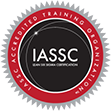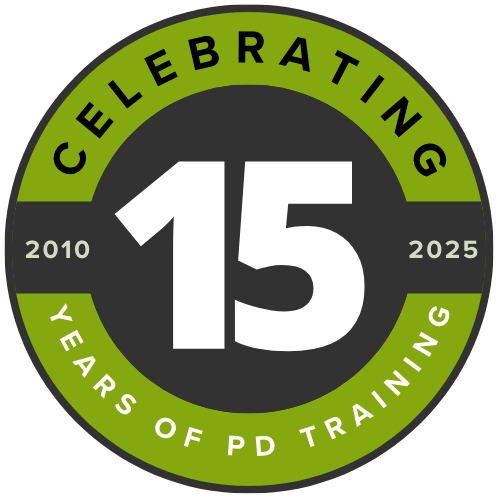 What you get
What you get
- Understanding Lean Six Sigma
- Define - Six Sigma Fundamentals
- Define - Selecting Projects
- Define - Elements of Waste
- Measure - Welcome to Measure
- Measure - Six Sigma Statistics
- Measure - Measurement System Analysis
- Measure - Process Capability
- Analyze - Welcome to Analyze
- Analyze - Introduction to Hypothesis Testing
- Analyze - Hypothesis Testing Normal Data Part 1
- Analyze - Hypothesis Testing Normal Data Part 2
- Analyze - Hypothesis Testing Non Normal Data Part 1
- Analyze - Hypothesis Testing Non Normal Data Part 2
- Improve - Welcome to Improve
- Improve - Process Modeling Regression
- Improve - Advanced Process Modeling
- Improve - Designing Experiments
- Improve - Wrap Up and Action Items
- Control - Welcome to Control
- Control - Advanced Experiments
- Control - Advanced Capability
- Control - Lean Controls
- Control - Defect Controls
- Control - Statistical Process Control
- Control - Six Sigma Control Plans
- Control - Wrap Up and Action Items
- 180 days access of online training course
- Study Guide
- Practice Exam
- PMI PDUs: 25 PDUs
- Prerequisites: Preferably Lean Six Sigma Yellow Belt (Not Mandatory), Basic understanding of Statistics
To purchase on invoice please email your consultant today at [email protected].
Certification exams are purchased separately directly from PearsonVUE PeopleCert.
Trainees build a thorough understanding of when and why they should perform an action (2 sample t-test for example) how to perform that action and how to properly interpret the result of the output in both a "statistical" and "practical" sense.
Alignment to Lean Six Sigma Industry Standards
PD Training is recognised by the IASSC as an Accredited Provider. This means that the PD Training eLearning Belt courses are highly aligned by IASSC - the global certification body for six sigma certifications
In addition, an independent study conducted in coordination with Bearing Point Consulting determined that the PD Training curriculum matched the DMAIC ASQ Body of Knowledge to a degree greater than 90%.
What's covered in this Lean Six Sigma eLearning course?
 5808 8521
5808 8521
 LOGIN
LOGIN




